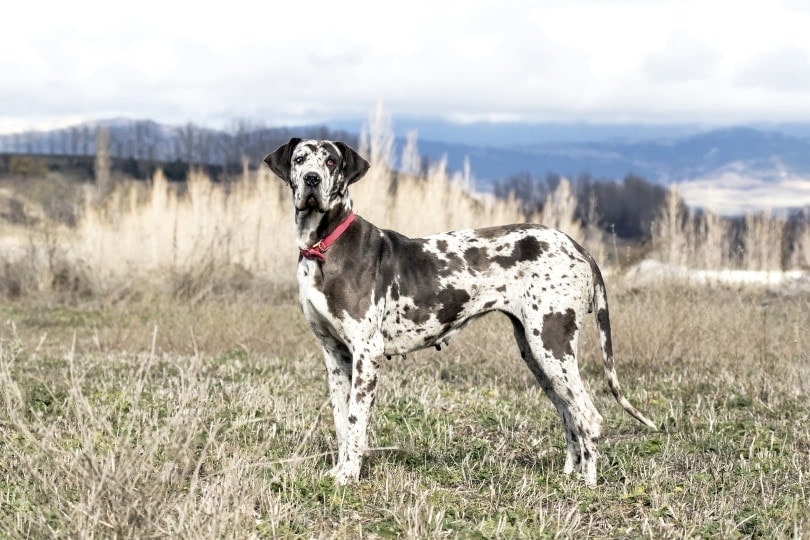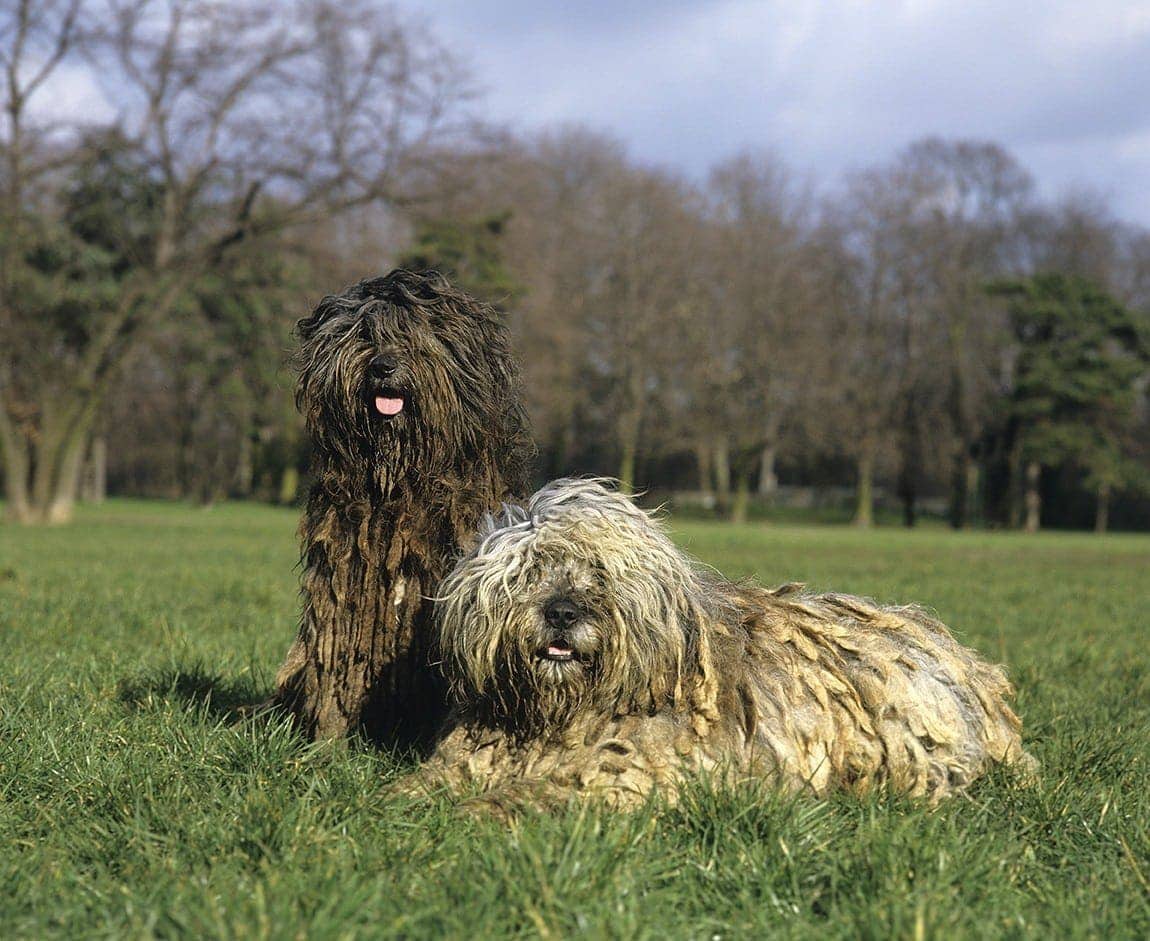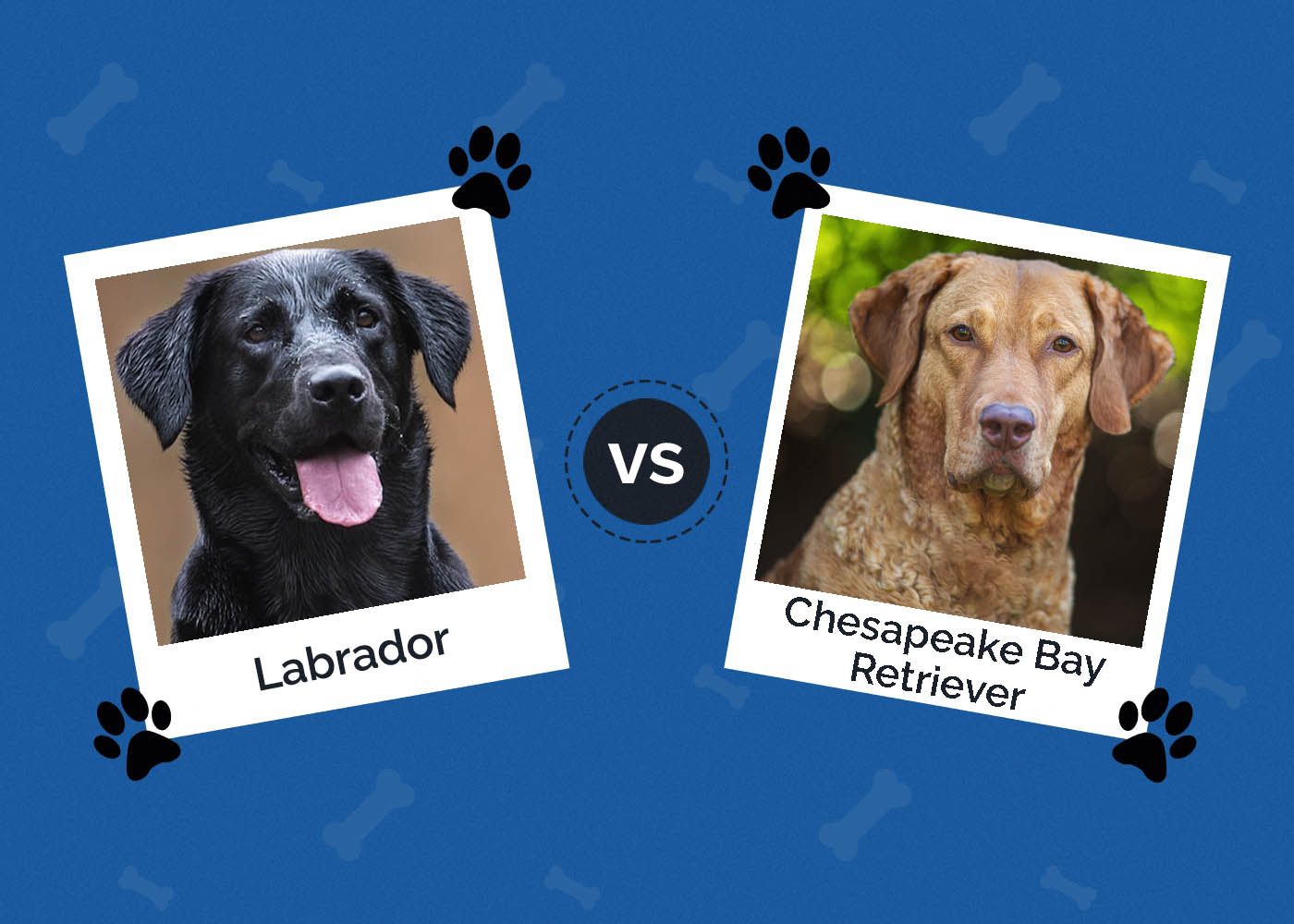Should I Walk My Dog Before or After He Eats? Vet-Approved Recommendations & Tips
By Ashley Bates
Updated on
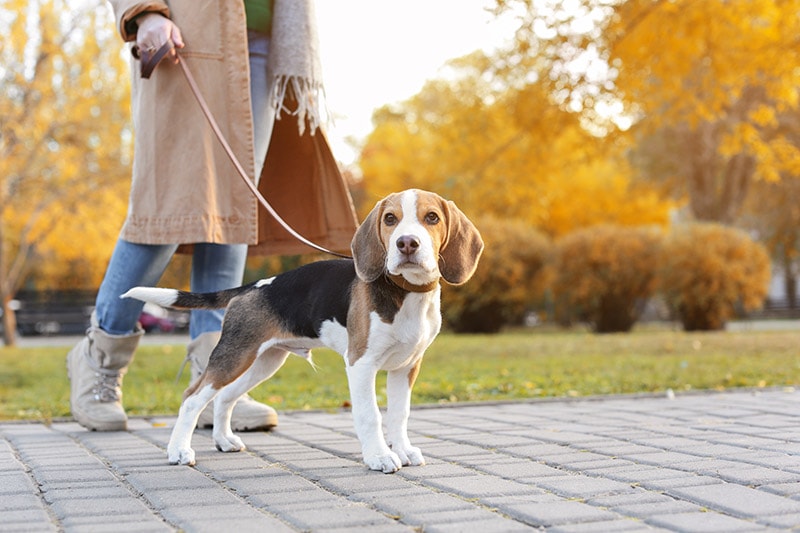
Click to Skip Ahead
It might be peculiar to think about when the best time to feed and walk your dog actually is. After all, we’d likely put them on a leash on a daily routine without much thought to the feeding schedule. But in some breeds, it’s a crucial matter.
Generally, you should walk your dog anytime before they eat. However, you’ll need to wait a couple hours after they eat to take them back out. But why is this? We’ll go over all of this in more in this article.
What Time Is Best to Walk a Dog?
You probably already have a routine with your dogs. But if you still need to establish one, here are some perks and downfalls of different times for walks.
Morning
Morning walks are usually good for both you and your dog. This gets your blood pumping in the early hours and is a great way to get some exercise in before work. Your dog will need to go to the toilet after resting overnight and setting out on a walk gives them the opportunity to relieve themselves. Another advantage in the warmer months, is that this is the coolest part of the day, making it a safer time to exercise before the heat sets in.
If you walk your dog in the morning, make sure to do that before you offer them breakfast.
Afternoon
Afternoons are generally not a popular time to walk your dog for a few reasons. If you live in a well-populated area, this will be the busiest time of the day. Lots of people coming and going and more traffic. If it’s within warm months, this is also the hottest part of the day when the sun is the brightest and the sidewalk has heated up.
Plus, if you feed your dog twice a day, this is likely the time they eat their second meal and so they shouldn’t head out on a full stomach.

Evening
Generally, evenings are a fabulous time for walks. Your dog has likely had their last meal of the day late afternoon and can safely and fully enjoy their walk. You possibly could also use up the last little spurt of energy and unwind for the night.
Night
Night walks can be a real breath of fresh air as long as you’re being safe! Remember, if you’re walking your dog at night, having a reflective harness and leash is best to let others know where you are. Visibility is key!
Wait After Feedings
You might have grown up hearing your mom tell you never to get in the pool after eating. This is a piece of advice many of us have heard throughout our lives. It was thought that you would be more at risk of cramping and therefore getting into difficulties in the water. It turns out that there isn’t any scientific evidence to support this. But still we wait an hour before going swimming after a meal!
The same is true of taking your dog for a walk after eating. It is commonly held wisdom that you should not exercise your dog straight after they have eaten. Likewise thus far the research into the timings has not given clear results.
It just seems to be common sense not to go for a run around with a full stomach, so the advice to wait an hour or two seems sensible, if not proven.
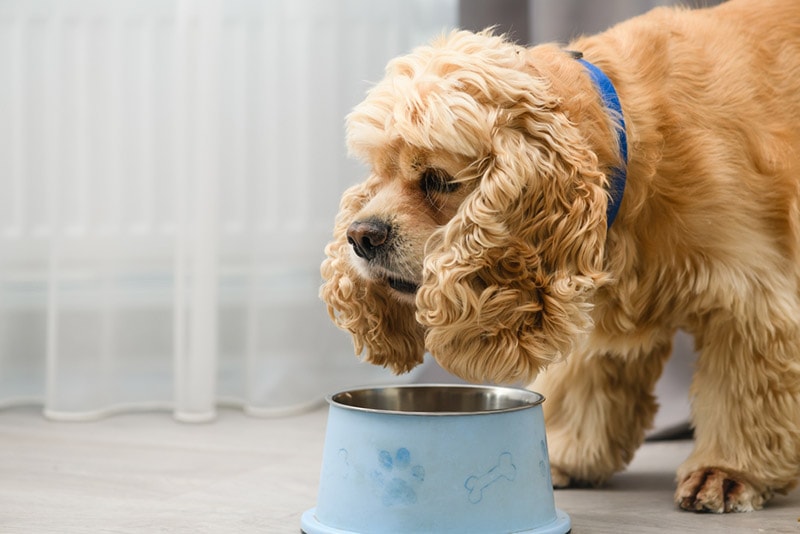
Why You Shouldn’t Walk a Dog Immediately After He Eats
You might not think much about your dog getting some exercise after they’ve had a big meal. But unfortunately, there is concern it can lead to some pretty serious health issues in certain dogs.
Often, a dog won’t be affected negatively by taking walks after meals, but in dogs that are more prone to a condition called gastric dilatation and volvulus there is a concern. The concern is that a stomach full of food is more likely to twist on its axis and result in a life threatening problem.
So far the small number of studies done on the subject have not shown a link to timing of exercise after feeding and the development of bloat or GDV. So once again it seems to be a common sense suggestion and better not to take the risk.
What Is GDV?
Gastric dilatation and volvulus is an extremely serious, life-threatening condition that can kill a dog within just a few hours. The exact mechanism by which it occurs and the risk factors are still being researched. In this condition the stomach flips over and becomes twisted on its axis. This causes the dog’s stomach to distend with gas, and the twisting may also involve the spleen and major blood vessels.
Once the gas pressure builds, it reduces the blood flow to the stomach and other areas of the body. As the condition progresses the dog enters a state of shock and sadly around 45% of animals that receive treatment still pass away.
- Swollen and expanding stomach
- Unproductive retching
- Drooling
- Restlessness
- Pain
- Distress
GDV is a genuine veterinary emergency and there is no time to lose in seeking treatment. If you have any concerns that your dog is showing signs of bloating or stomach torsion you must immediately get veterinary advice.
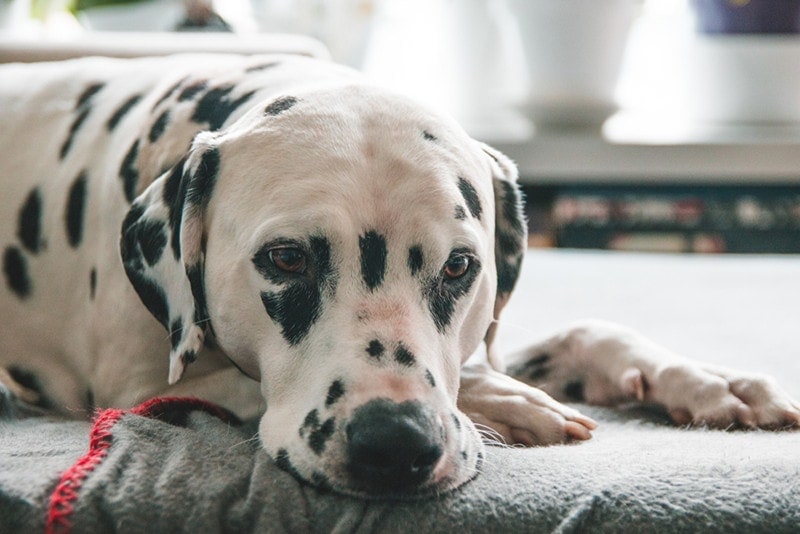
How Is GDV Treated?
If the veterinarians can stop the shock, a stable dog will then be taken into surgery. Two potential treatments can take place depending on the particular situation. One is to deflate the stomach and return it to its correct position.
The second method is the most effective because once your dog gets bloat, they are highly likely to get it again in the future. So, the veterinarian will essentially tack the stomach to the abdominal wall to keep it from contorting. This procedure is called gastropexy.
Unfortunately, bloat is among the most common reasons for emergency vet visits. It used to be almost a surefire death sentence for dogs. Thanks to advancements in veterinary care and levels of awareness to seek treatment survival rates have improved. While statistics vary, a significant percentage, 20-45%, of dogs presenting for treatment die from this condition.
Preventing GDV in Dogs
Unfortunately, in many cases what has led to the development of a gastric torsion (twist) is not known. It usually has no precursor before it strikes although stress does seem to play a part. There are several reported risk factors which include deep chested breeds, a first degree relative who has had GDV, eating one large meal a day, eating small kibble and fearful or aggressive behavior. So far exercise has not been a definitive factor.
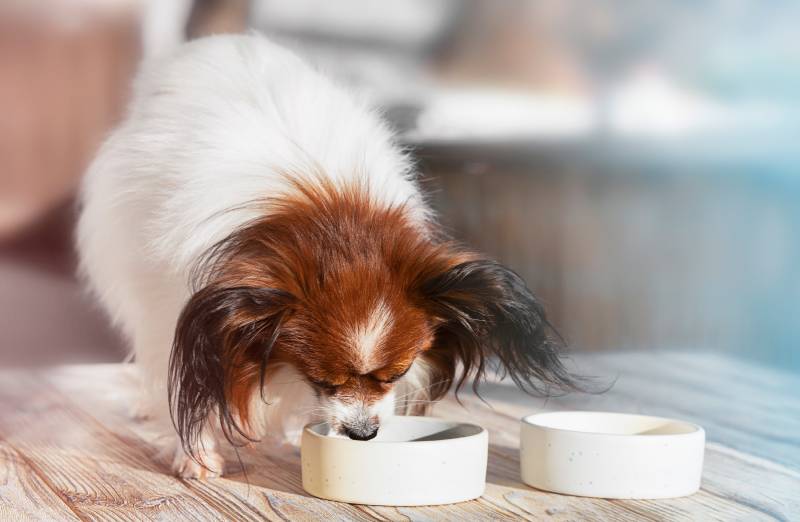
Dogs Prone to GDV
While essentially any dog can get a GDV, large breeds with deep narrow chests are more prone to it than others.
Dog breeds that are susceptible to torsion include:
- Great Danes
- Weimaraners
- German Shepherds
- Irish Wolfhounds
- Irish Setters
- Gordon Setter
- Standard Poodles
- Boxers
As you can see from briefly looking over the list, many of these dogs have a similar structure around the chest.
Breeding plays a key factor in the development of GDV. Breeders often refuse to breed certain dogs if bloat is in the bloodline. It is currently recommended not to breed from a dog that has suffered from GDV.
Suppose you have a dog of any of these breeds. In that case, it is especially advisable to be well aware and educated about the signs of bloat and GDV so you can get your dog the medical attention they need immediately.
Is Exercise After Eating a Cause of GDV?
While the cause is often unknown, exercise directly after eating could contribute to gastric torsions in theory. Eating quickly is a risk factor for GDV and so if your dog is a fast eater it seems unwise to then take them out for exercise where there is increased movement soon after eating. That is why often, if your dog is a fast eater, your veterinarian might recommend a slow bowl feeder instead.
It isn’t necessarily that immediate exercise after eating could have detrimental effects for your dog, but it’s not worth the risk.
Conclusion
So now you understand that dogs should take a walk either before or roughly 2 hours after they have eaten. This helps ensure that they either don’t have a full belly or it gives them enough time to digest their food without it being a potentially dangerous event. Also, who really wants to jog around the neighborhood with a belly full of food?
So, you can walk your dog basically anytime you want—just make sure you wait an appropriate time after meals to be on the safe side!
Featured Image Credit: New Africa, Shutterstock





